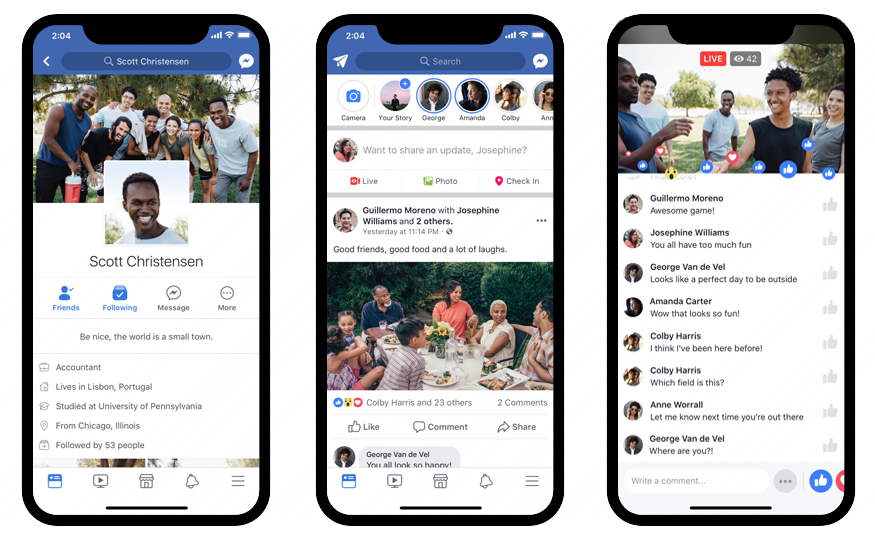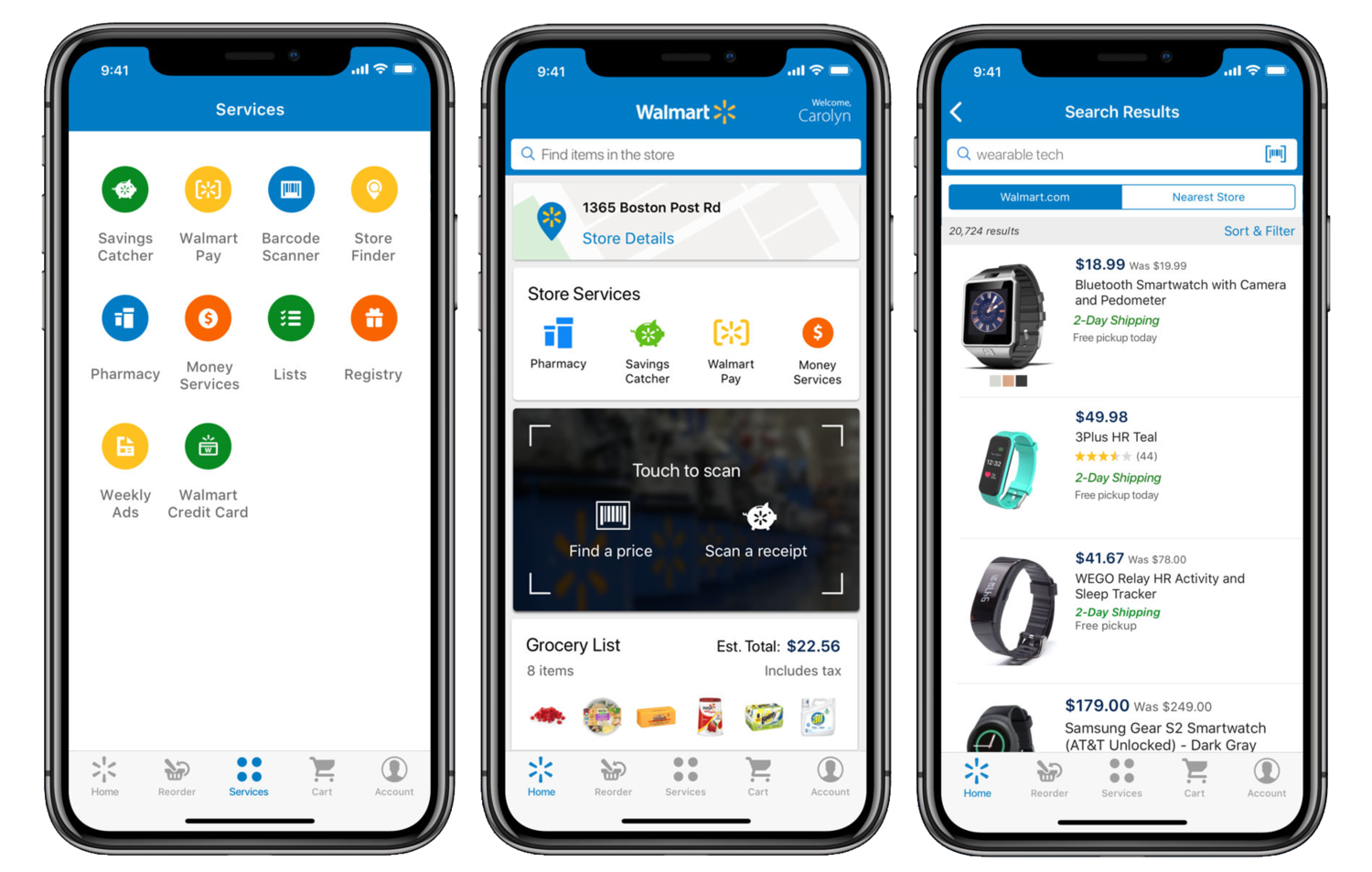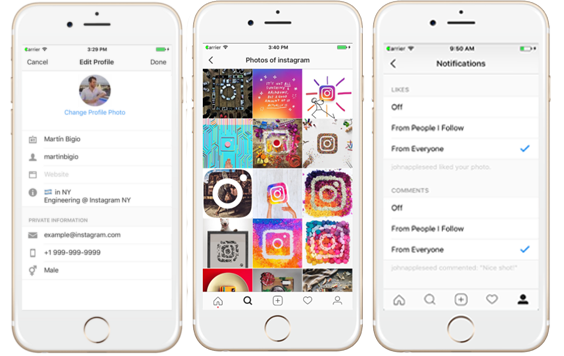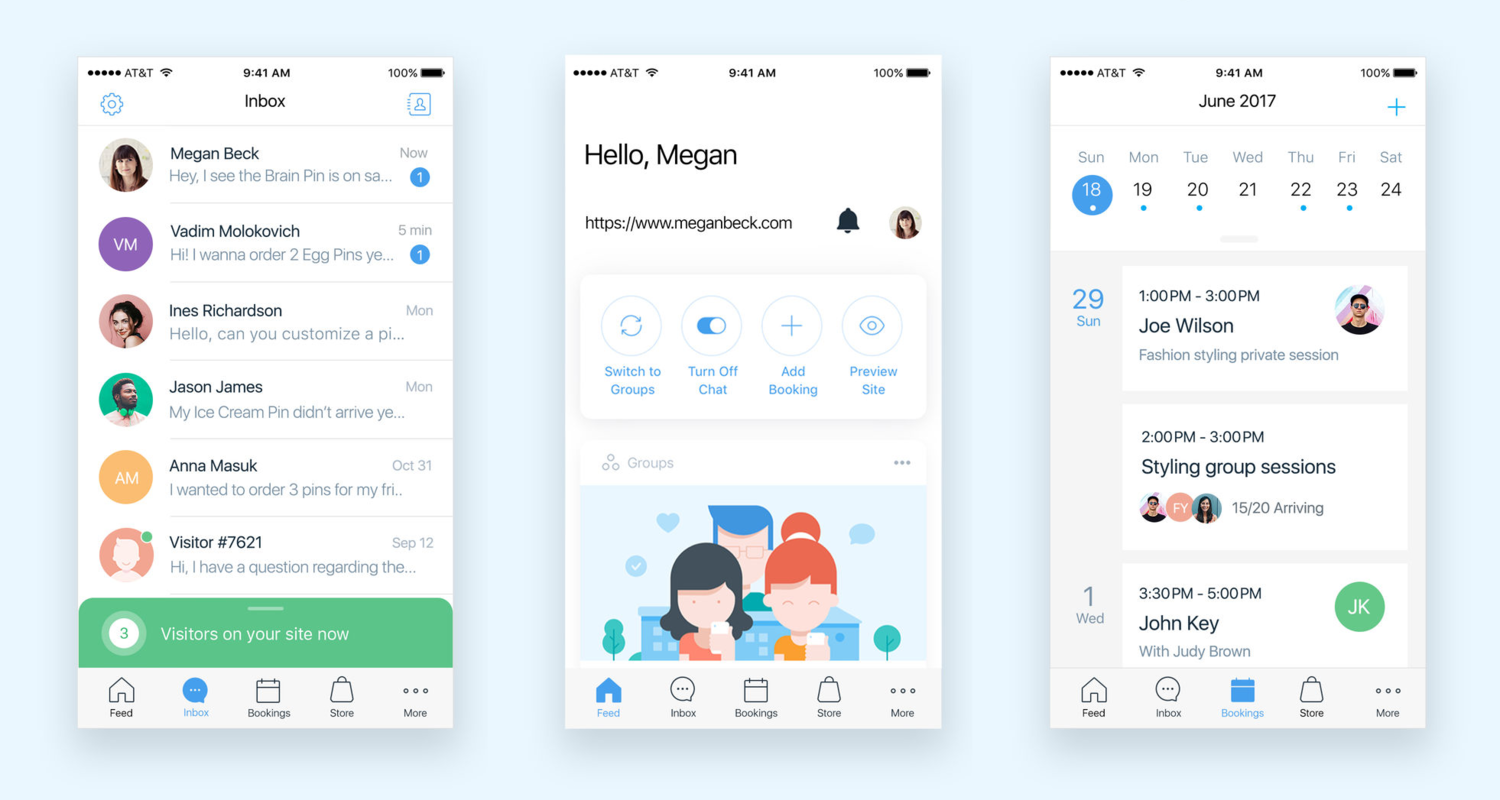8 Popular Mobile Apps Built with React Native
To use a single technology for building cross platform apps that also shines with its performance seemed not that believable before the birth of React Native. Once appeared in open source, React Native got a lot of attention and became a trending framework for Android and iOS application development just due to its almost-native performance. Now it is the 14th most starred repository on Github, proving that React Native is really popular among mobile developers worldwide.
Everything started as a Facebook internal hackathon project created for the company’s needs - to bring web development advantages to mobile. Though developed in 2013, only in March 2015, Facebook, in its F8 conference announced availability of React Native on Github, thus making possible for mobile developers build a real mobile application just with JavaScript and React, that, at the same time, is indistinguishable from a native mobile app built with Objective-C or Java.
With its growing fame, a number of great and well-known applications can be seen in the app stores built with this technology. React Native is the most preferred choice in the mobile app development industry, no matter it is a startup or a Fortune 500 company. So, we have put together 8 amazing and popular mobile apps that were developed with React Native to understand the reasons that make the industry leaders choose this technology.
Originally, Facebook created React Native to support only the iOS operating system. Later it began to provide mobile UIs also for Android, thus becoming cross-platform and highly usable. The original idea at the company was to bring web development benefits, such as fast iterations and getting a single team built one product wholly, to mobile development. So, they made it happen with React Native, organizing an internal hackathon at Facebook.
Since the React Native release, the engineering team was constantly working on optimizing the technology. They did a lot of refactoring thus optimizing the core parts of React Native, React and were able to achieve 50% performance increase in those parts of the app where React Native was implemented. For instance, after those continuous improvements, the startup time of the Events Dashboard feature (initially written in React Native) became twice faster than it was before.
Overall, what Facebook engineers found great about React Native is that it combined smoothly with components written in Objective-C, Java, or Swift, making simple to drop down to native code if you need to optimize a few aspects of your application. It also allowed to easily build a part of your app in React Native, and another part of your app using native code directly - like in Facebook app. You can read about Facebook app experience of React Native in details in their blog post here.
Facebook Ads Manager
Facebook also used React Native to develop its own Ads Manager app, the first fully React Native cross-platform app. Not all of the engineers in the development team were familiar with React when they joined in, but they built the iOS app with native look and feel in just five months. And 3 months later, they released also the Android version of the Facebook Ads Manager. The React Native packager's blacklist feature and React's abstraction mechanism helped the team with maximizing code reuse across the two platforms and minimizing the need for explicit platform checks.
Alongside the app, the React Native team was improving the platform by exposing the native components and APIs that they needed for the app development. A big number of components have been useful also for other developers to build their apps. As both versions were created by a single team of developers we can say that Facebook succeeded in what they initiated back in 2013. You can read on how the first cross-platform React Native app was created in the blog post of the engineering team of the Facebook Ads Manager application.
Walmart
Walmart is one of the largest online retailers and to gain a competitive advantage in the market, the company always takes care of their customers' experience, trying new technologies and being innovative. The innovative attitude of Walmart was proved when the company introduced Node.js into their stack. Years later, they also shifted their mobile hybrid application into React Native. This improved the performance of the app on both iOS and Android using less time and human resources. The new app was nearly identical to native apps and had flawless animations.
What the engineers from the Walmart development team conclude from the technology shifting experience is that React Native made the app run away faster. The graphical performance, RAM usage, and CPU were comparable to or better than Walmart hybrid solution. Overall, the app was significantly improved and provided a far superior user experience over a hybrid. In fact, the experience impressed the development team and they stated that React Native is a truly fantastic framework. You can read more detailed about their experience in their blog post on Medium.
The journey of React Native at Instagram started when the Core Client team of the application ported the Push Notification Settings and the Edit Profile views to React Native. The team also ported the Photos Of view to track performance when powering lists with React Native. It didn’t require building navigation infrastructure, as UI was quite simple. So, for the team, the process was quite easy and smooth.
On the way, the engineering team came into some problems, but they substantially improved developer velocity. As a result, React Native allowed product teams to ship features faster to both Instagram iOS and Android apps and 85% to 99% of the code was shared between Android and iOS apps, depending on products. The major effect that React Native brought to the app was easy maintenance for both Android and iOS platforms. The details of the experience of Instagram are available in their blog post here.
Tesla
Tesla app is another application written in React Native. As its app becomes a more important part of its user interface, Tesla works a lot on its new mobile app. Though the Tesla Motors development team is quite humble about why they chose this technology this choice for the framework explains the company’s trend to opt for the best in any field. This React Native product is designed for users of Tesla vehicles and Powerwall. There is no difference whether you use an Android-based gadget or its Apple competitor since all functions to control and monitor your Tesla items such as the charger, lights, horn, locks, or the panoramic roof, are available with equal facility on both platforms.
AirBnB
Another popular app that React Native has conquered was AirBnB. The team integrated React Native into the existing infrastructure of their native mobile application and though there were some problems along the way the efforts paid off. As Leland Richardson, a member of the engineering team of Airbnb, tells in his tech talk, the start of the integration process was super easy. On one side, people for whom the technology was new struggled with some concepts of status management in the context of a React Native app. On the other side, they had the advantage of reusing the code. Most components were extremely reusable. Moreover, React Native made the code very easy to refactor and iterate on. To Leland, React Native is really cool and awesome because it makes possible for a single feature that was created by one developer run on three different platforms.
ADIDAS GLITCH
Adidas GLITCH is a new commerce app that sells exclusive products of Adidas that are distributed solely via the app. Originally, Adidas tasked the development team to write the app in React Native with a perfect skin/sock separation effect in the application, in order to demonstrate how the users should pull up the inner skin of the boots in real life. At the beginning the team were developing React Native on iOS devices, and only after the release of the iOS app, the work on the Android had started. To their surprise the Android version was running really well so they just needed to fix a few layout issues and to improve performance a little. After the Android release, the app has won 12 awards at Cannes Lions, Campaign Creative Tech Awards, Clio Sports Award and Masters of Marketing Awards. The more detailed experience of the application development you can read in the blog post of one of the development team members.
Wix
Wix is a React Native mobile application that allows 110 million Wix user to manage their websites and always stay connected with their visitors. The official mobile application of Wix.com was fully written in React Native from scratch. Its development came with a set of challenges for the engineering team. What the developers find great about React Native is that it is open source and free, UIs are pure native and the asynchronous updates for performance make the technology powerful. 80 % of the app code is JavaScript and this successful mix of React and JavaScript save the time of the Wix development team for three times. Tal Kol from Wix in his tech talk at ReactNext 2016 goes deeper into their experience of choosing React Native, concluding at the end, that this technology is a game changer.
“React Native is the future.”
React Native is truly a game changer and it gets more and more powerful in the mobile development industry. A variety of highly performing mobile applications are daily developed with this technology proving everyone that it is unique and, in real, futuristic.








